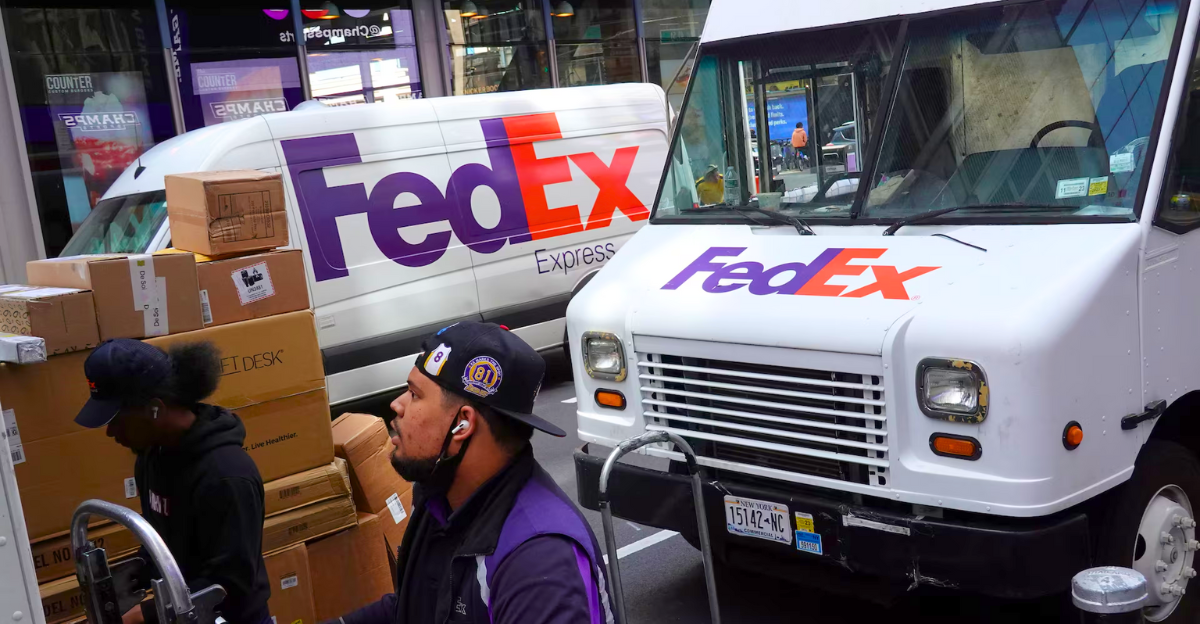
The issues facing FedEx today go far beyond the widely reported tariffs and drops in freight volume that have dominated news reports since the start of the U.S.-China trade war in 2018. The company faces a much more complex and systemic transformation risk, even though tariffs, like those imposed on billions of dollars worth of Chinese goods, have disrupted air freight and increased operational costs.
However, there are serious execution risks associated with this, such as possible service interruptions and internal conflicts. FedEx also has to deal with fluctuating demand around the world, changing trade regulations, and changing consumer habits, particularly in the B2B and e-commerce industries. These issues could result in delays, increased shipping costs, and varying availability.
FedEx’s Development and Market Forces

FedEx’s innovative overnight air delivery model and the dual-network system that divided its Express (fast, premium) and Ground (cheap, slower) services are the foundations of its ascent to prominence in the logistics industry. Specialization was made possible by this divided strategy, but it also resulted in operational silos that have grown more troublesome in a logistics environment that is changing quickly.
Supply chains were severely disrupted by the U.S.-China trade war, which was started under the Trump administration with tariffs starting in 2018. FedEx’s air freight volumes were especially affected. The de minimis exemption for shipments under $800 was eliminated in 2022, along with a 30% tariff on many Chinese goods. Which severely reduced the flow of low-value parcels from Chinese fashion e-commerce behemoths like Shein and Temu.
The Challenge of Network Integration: A Risky Bet

FedEx is undergoing its most significant operational change in decades with its Network 2.0 initiative, which combines its Express and Ground delivery networks. The objective is to develop a more cohesive and adaptable logistics system that can dynamically distribute shipments according to capacity, speed, and cost.
Any mistakes could result in lost packages, lengthy service delays, and unhappy customers, especially detrimental in the fashion industry where timing is crucial. Maintaining service levels in the face of persistent demand volatility brought on by tariffs and general economic uncertainty makes the task even more difficult. Network integrations of this size frequently encounter initial disruptions that last for months, if not longer, according to industry analysts.
Trade Policy
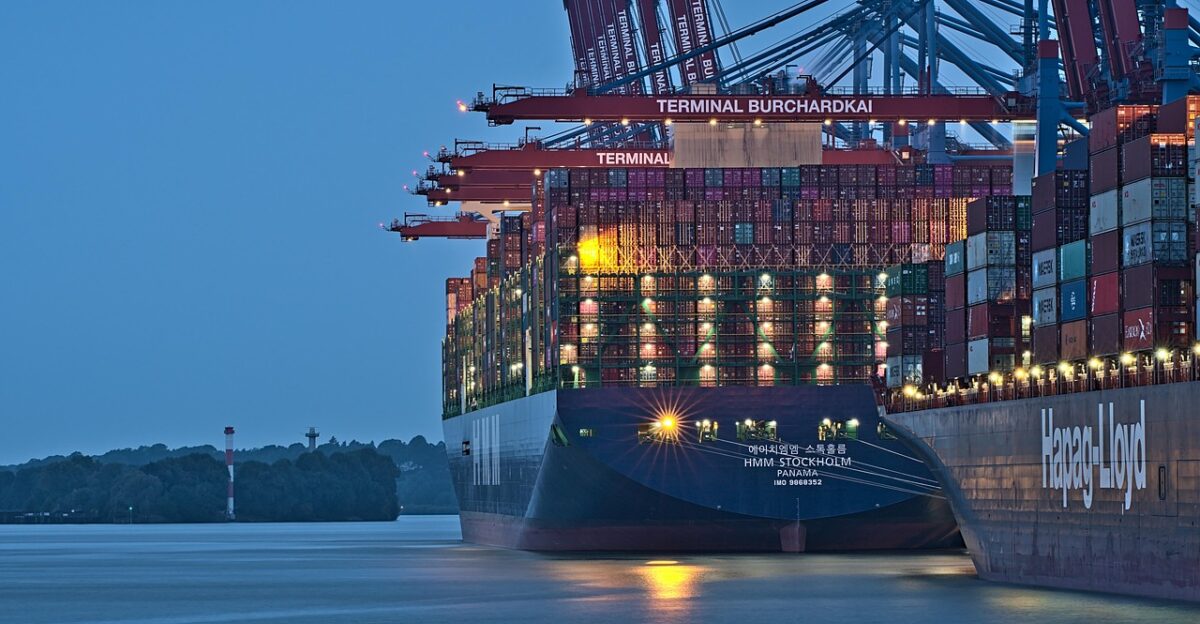
In recent years, FedEx has faced the most prominent and politically charged challenge in the form of tariffs. Under the Trump administration, the first round of tariffs targeted $360 billion worth of Chinese imports, with rates as high as 25% on a variety of consumer goods, such as textiles and clothing. The general state of trade is still unclear, even though some tariffs have been lowered or suspended.
The volume of small packages from Chinese fast-fashion platforms, a crucial growth area for FedEx’s air freight business, was drastically decreased by this policy change. FedEx has responded with cost control, pricing strategies, and capacity adjustments as a result of reduced volumes and squeezed margins caused by tariffs and changes in trade policy.
Industrial Demand and Freight Slumps: A Softening Backbone

Although FedEx’s freight and business-to-business (B2B) divisions have traditionally generated a steady income, recent economic challenges have considerably reduced demand. Supply chain interruptions, cautious capital expenditures, and inflationary pressures have all contributed to the slowdown in the U.S. manufacturing sector.FedEx’s reported volume drops and revenue pressures in its freight segment are indicative of this trend.
Fashion consumers may experience supply chain bottlenecks and slower inventory replenishment as a result of this industrial softness, particularly for brands that depend on just-in-time production and distribution methods. The slowdown is a sign of broader economic caution, which may prolong the time it takes for logistics providers to recover.
Fashion retail and E-commerce

With fast-fashion Chinese websites like Shein and Temu significantly increasing package volumes through direct-to-consumer shipments, e-commerce has become a key growth engine for FedEx. FedEx has been forced to adjust its capacity and pricing models as a result of the disruption caused by the removal of duty-free status for low-value shipments.
In the meantime, FedEx is under pressure to innovate while keeping costs down as fashion consumers demand more rapid and flexible delivery options, such as same-day or next-day services. The competition has increased as a result of competitors like UPS and Amazon Logistics aggressively growing their last-mile delivery networks.
Operational Discipline and Cost-cutting
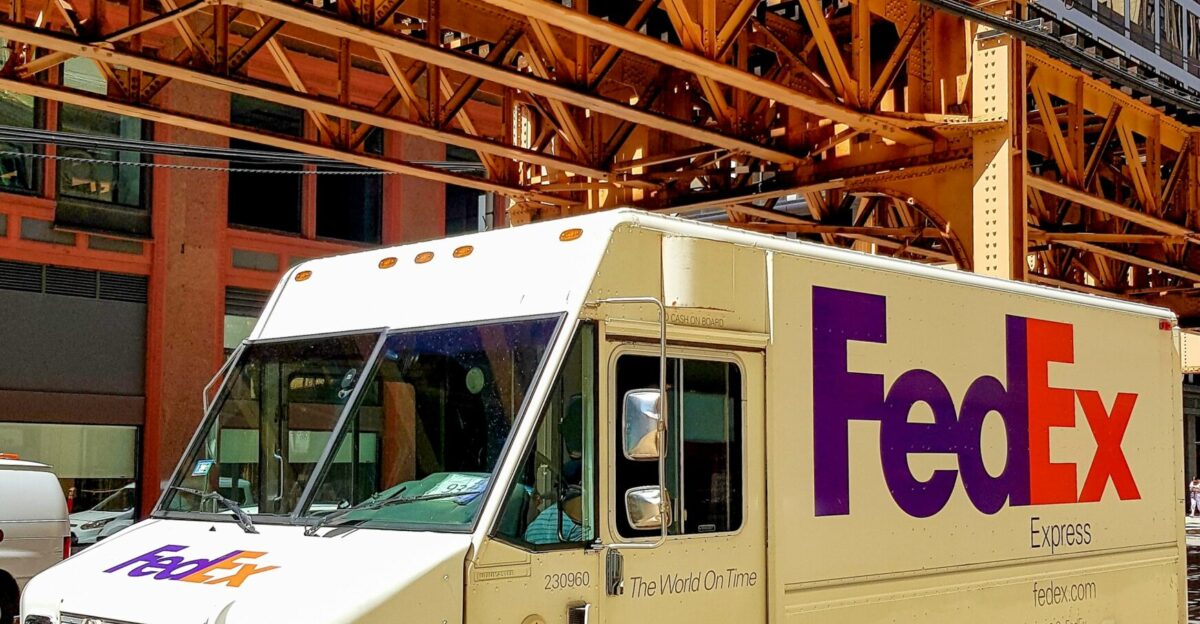
A necessary but inadequate response. FedEx has actively sought cost-cutting strategies, resulting in $4 billion in savings through workforce adjustments, automation, route optimization, and capital expenditure reductions. An excessive focus on cutting costs runs the risk of compromising service quality, which is essential for fashion deliveries that must be made on time.
Proactive cost-cutting during significant operational changes can worsen disruptions and damage customer satisfaction and brand loyalty, according to industry experts. FedEx’s long-term survival and the degree to which fashion consumers are willing to depend on its delivery services will depend on its capacity to strike a balance between efficiency improvements and service excellence.
Market Changes and Diversification
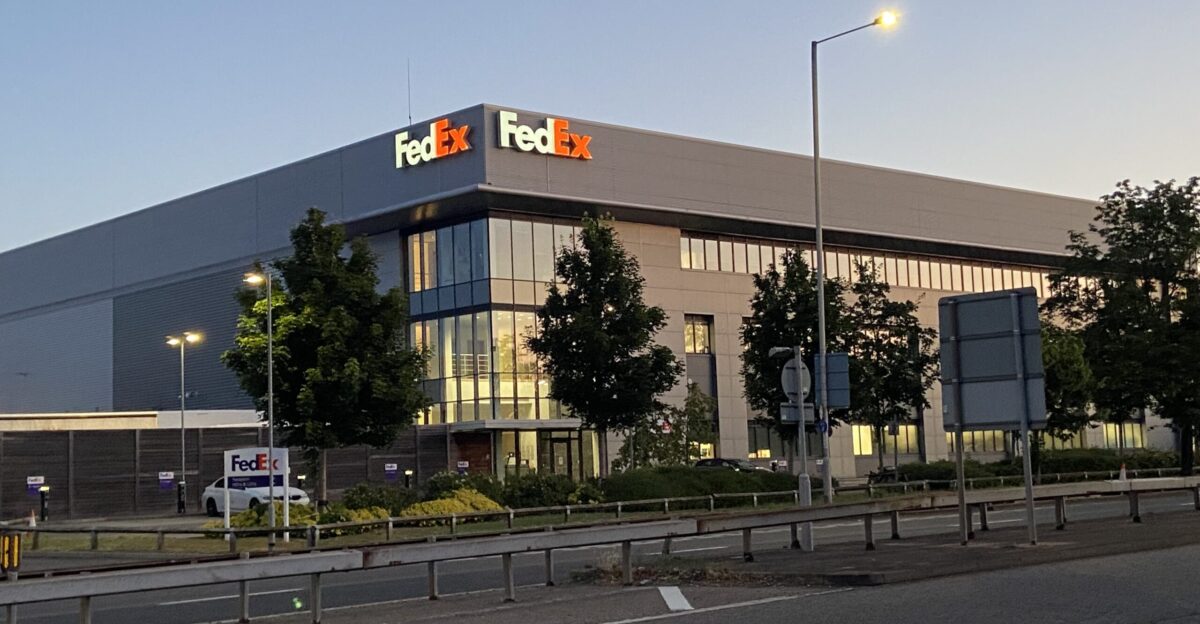
FedEx is expanding into higher-margin, less cyclical industries like healthcare logistics, including pharmaceutical cold-chain delivery, and automotive parts distribution, particularly for electric vehicles, in an effort to lessen its reliance on erratic trade lanes and consumer segments. These industries provide protection from geopolitical shocks and more stable demand.
FedEx’s core parcel business may receive less strategic attention as a result of this diversification, which could impede the development of logistics solutions tailored to the fashion industry. However, it also makes FedEx more resilient overall, putting it in a better position to withstand trade disruptions and economic downturns than rivals who rely too heavily on consumer retail.
Implications for Strategy and Psychology from the Shopper’s POV

Consumer confidence is psychologically undermined by delivery time and cost uncertainty, particularly in the fashion industry where timing is crucial for seasonal collections and trend relevance. Market share shifts could be accelerated by FedEx’s current operational and strategic issues, as delayed shipments could drive customers to rivals with more dependable logistics.
Shifting shipping prices may cause customers to avoid impulsive purchases or choose slower, less expensive delivery options. On the other hand, FedEx might become a more flexible, customer-focused logistics company that improves the shopping experience for customers by implementing network integration and service enhancements. This would include enhanced tracking, quicker delivery, and more transparent pricing. The stakes are high because FedEx’s future will have an impact on logistics as well as the psychology of fashion consumption in a world that is becoming more and more digital.
FedEx’s Predicament Is a Sign for Fashion Buyers
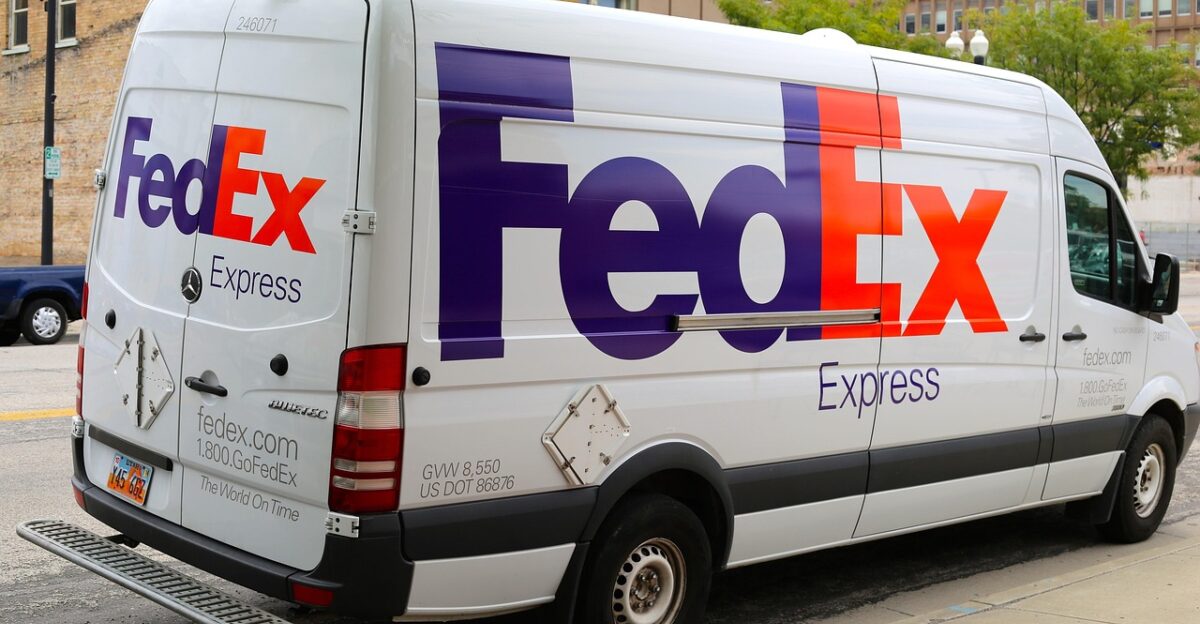
FedEx’s problems go beyond tariffs and freight shortages; they are a result of a fundamental shift in global logistics brought about by geopolitical, economic, and technological upheavals. Delivery reliability and costs for fashion consumers around the world will depend on the company’s capacity to integrate its networks, manage trade policy uncertainty, and adjust to changing demand patterns.
The company’s success will be a predictor of more significant changes in retail dynamics, global supply chains, and digital-age consumer expectations. In the end, FedEx’s success or failure will have a significant impact on how affordable and accessible fashion is in a world that is becoming more interconnected.